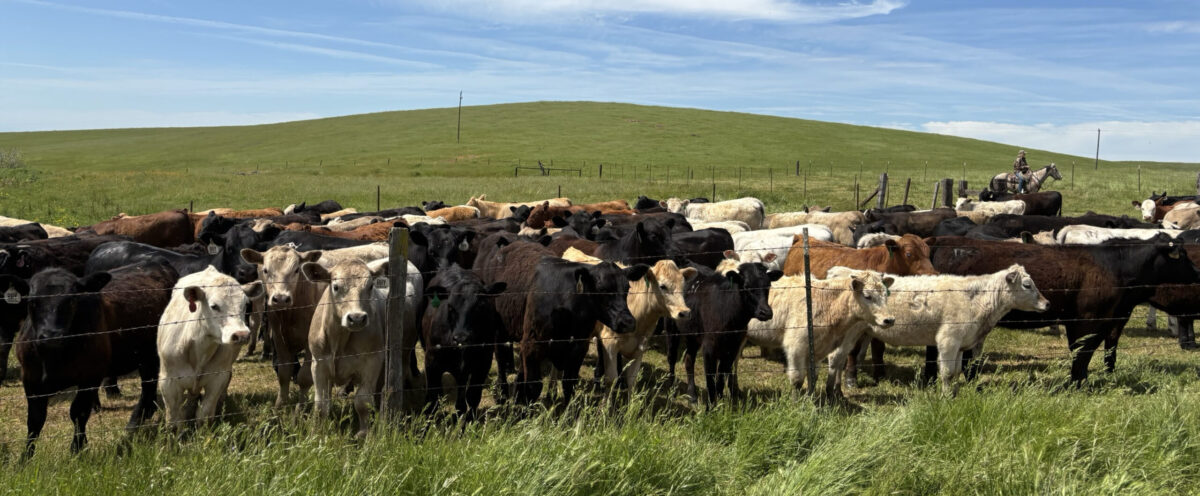
Photo via California Strategic Growth Council | The state is investing millions to preserve agricultural land and build more homes in the Central Valley.
Written by Frank Lopez
The State of California is investing millions to create more homes in the Central Valley, as well as to preserve land for agriculture use.
Investments of more than $50 million from the state’s Cap-And-Trade program have created affordable places to live in Fresno, ensuring more than 10,300 acres of rangeland in Mariposa and Merced counties are dedicated to cattle grazing and sustainable agricultural production.
According to a press release from the California Strategic Growth Council, the Central Valley region is projected to grow by five million people by 2060.
On April 11, a project to build new affordable energy-efficient homes close to jobs and transit options broke ground in Fresno County. The development is located at the former Smugglers Restaurant on north Blackstone Avenue.
The development, known as Dakota, received funding through the California Strategic Growth Council’s (SGC) Affordable Housing and Sustainable Communities program (AHSCH), which is funded by California Climate Investments (CCI), a statewide wide program that puts Cap-and-Trade dollars towards the environment, strengthening the economy, and improving public health—particularly in underserved communities.
The Dakota project will create 114 new housing units for families, individuals and veterans in Fresno.
“We are laser focused on building a better California for all communities while ensuring we deliver on the state’s climate goals,” said Erin Curtis, Executive Director of SGC. “Our affordable housing projects are built near sustainable transportation options, connecting residents to jobs, schools, and other daily destinations. And we are conserving more green spaces and working agricultural lands to account for this growth – creating healthier natural spaces that further support healthier people.”
The future four-story housing structure will contain 53 one-bedroom units, 30 two bed-room units and 30 three-bedroom units.
The units will be available to families and individuals 30%, 50% and 60% area median incomes with 45 Veterans Affairs Supportive Housing program (VASH) vouchers available.
The project received $48.8 million through round seven of the AHSC program, which is administered by the SGC and implemented by the California Department of Housing and Community Development.
During the groundbreaking for the Dakota project, there was a celebration being held in the Merced and Mariposa counties for Walt-Turner Ranch, a project that permanently conserved 10,361 acres of working ranch lands as agricultural lands through an $8.7 million easement.
The easement is part of SGC’s Sustainable Agricultural Lands Conservation Program (SALC), which is funded through CCI and Cap-and-Trade funds as well.
The Waltz-Turner easement ensures grasslands, seasonal wetlands, and oak savannah provide adequate forage for sustainable agricultural production, with multiple wells, vernal springs and stock ponds providing water to livestock and wildlife.
Led by the Sierra Foothill Conservancy easement creates the permanent conservation of working lands for cow-calf operations along the border of Merced and Mariposa Counties.
Both of the projects are part of the Newsom agenda of building more and faster and conserving 30% of the state’s lands and coastal waters by 2030.
The land is adjacent to other conserved lands, with the project creating a connected open space corridor that now stretches from the San Joaquin Valley to the Sierra Crest and will provide space for the survival and adaptation of wild animals, fish, birds, important pollinators and other species over time.
“Balancing strategic development and conservation requires finding solutions that integrate economic growth with environmental protection,” said Gov. Gavin Newsom. “It’s not about either or – it’s promoting sustainable practices and ensuring the long-term health of our ecosystems. In California, we continue to prove both are possible.”








